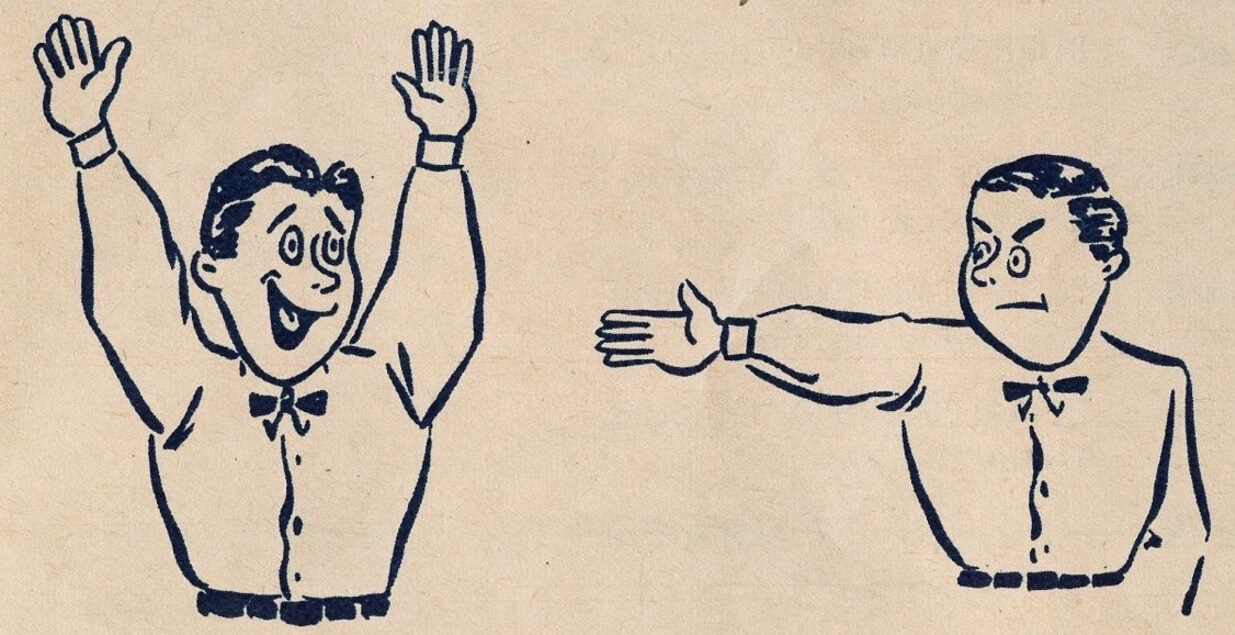
Good Sunday morning, Uni Watchers! I hope everyone has had a good Saturday. As weekend readers are no doubt aware, few months ago I featured a great article, Honoring Letter Sweaters and Jackets by Timothy Brown, a Uni Watch exclusive. Most recently, I published Tim’s piece on How Football’s Zebras Got Their Stripes. Tim has also contributed a few additional pieces for Uni Watch. He returns today with another UW exclusive!
I mentioned before I’m a subscriber to Tim’s Substack, and many of the articles he’s penned are right up Uni Watch’s alley. If you don’t subscribe to his daily posts, I recommend his work highly. He’s definitely one of the best follows if your interests lie in the (mostly) early years of football — often focusing on equipment and uniforms.
Here’s Tim with today’s article — which is definitely in the UW wheelhouse. Enjoy!
by Timothy P. Brown
Some innovations in football arise from the game’s rule-makers, others from coaches looking for an edge, and still others from the R&D departments at sporting goods manufacturers. But another group of innovations comes from individuals who see a need and create a solution to address it. That was the case with the contortions officials perform when signaling their rulings on the field, particularly the penalties being enforced.
When football stadiums began growing at the start of the 20th century, they were information deserts. Players did not wear numbers, scoreboards gave the score and little else, the chain crew did not display the down number, and loudspeakers did not yet exist, so fans and the press had difficulty tracking the events on the field. Newspaper reports often credited the wrong player for a touchdown run or touchdown-saving tackle. Only through post-game interviews did the press learn which penalty was called in a crucial situation.
A solution to the last problem began to emerge around 1910 when Frank Birch, a football official living in Iowa and then Illinois, developed a system of hand and body signals that matched those on cards he gave to members of the press before the game. Birch performed his signal routine whenever he marched off penalties while also using signals for touchdowns, incomplete passes, and the like.
Some of Birch’s signals changed over time, and others went away due to rule changes, but several on his early list remain in use today.

Since Birch officiated Big Ten and other major conference games, word of his innovation spread, leading to major officiating organizations adopting a version of those signals in 1929. Games being reported live by radio reinforced the need for the press to have real-time information on penalty calls.
As the referee’s signals became more popular, game programs and other football publications described the signals so fans could better track the on-field happenings. Rather than describe the signals, they often included two-dimensional illustrations to convey the officials’ motions. Most worked well; some motions proved difficult to convey.
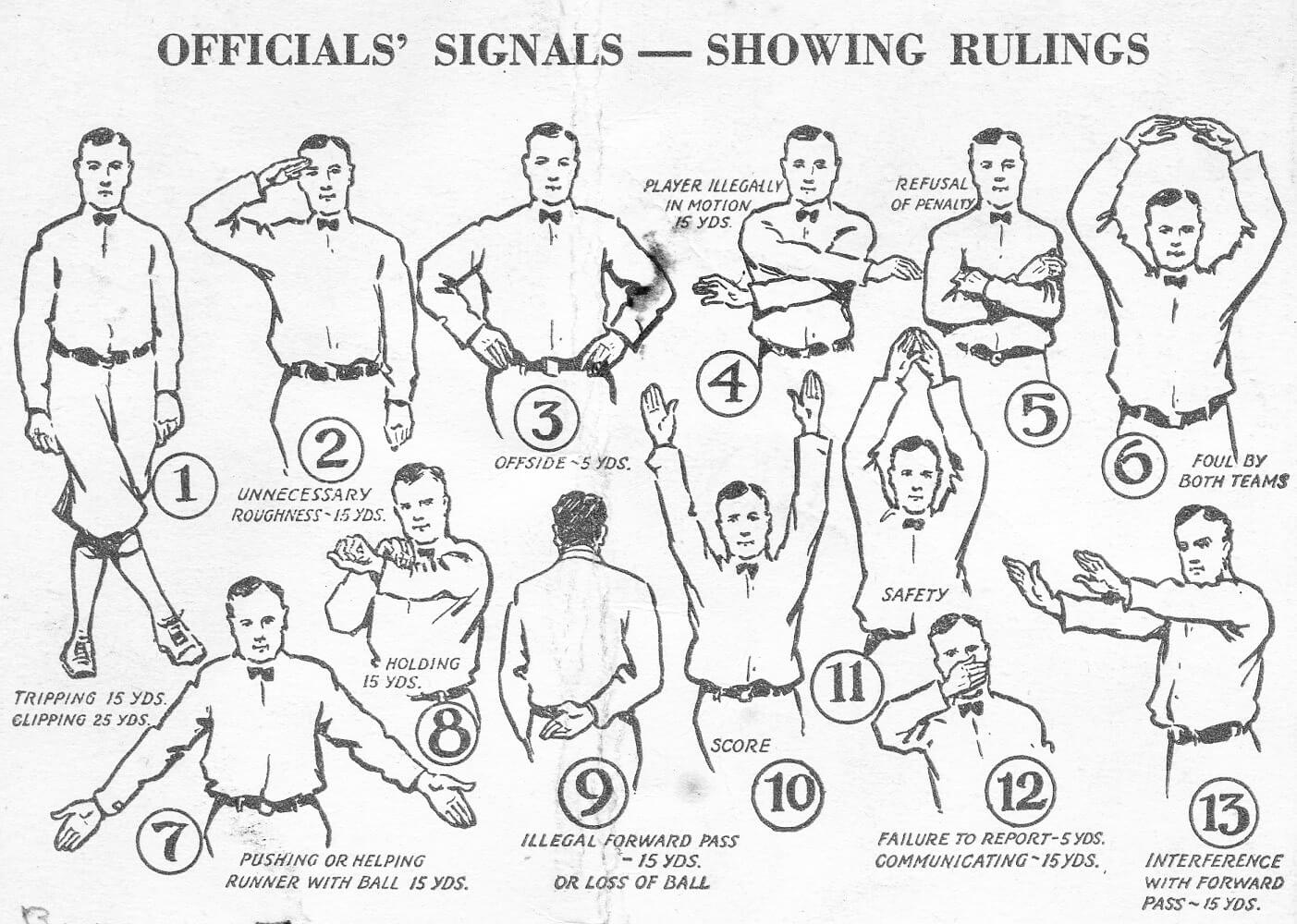
Among the best at conveying the officials’ motions were the illustrations in a 1953 Oldsmobile brochure highlighting the brand’s sponsorship of weekly college football telecasts.
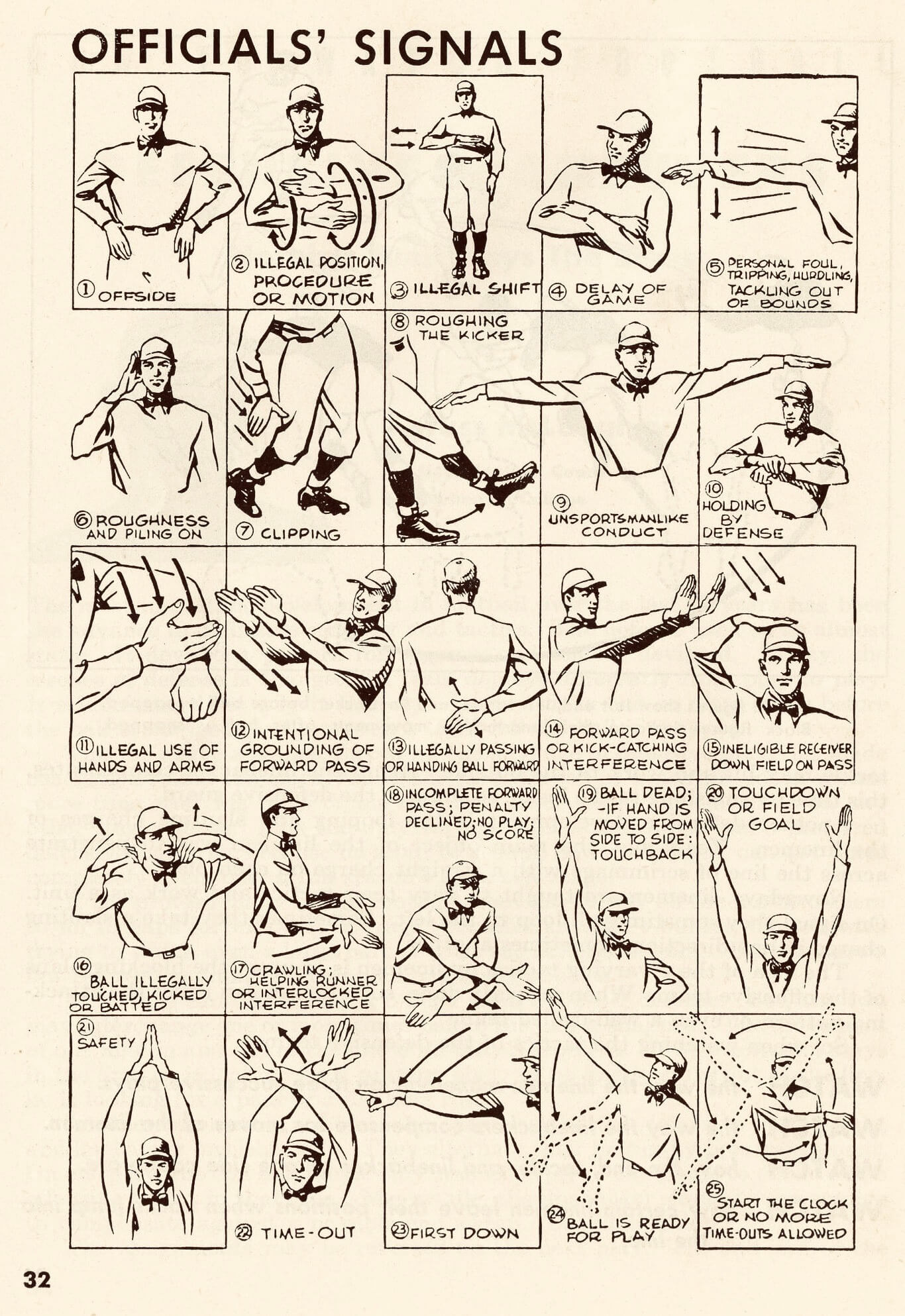
Another approach came in a 1959 brochure from an insurance company that caught the minimalist bug, turning the poor officials into faceless creatures.
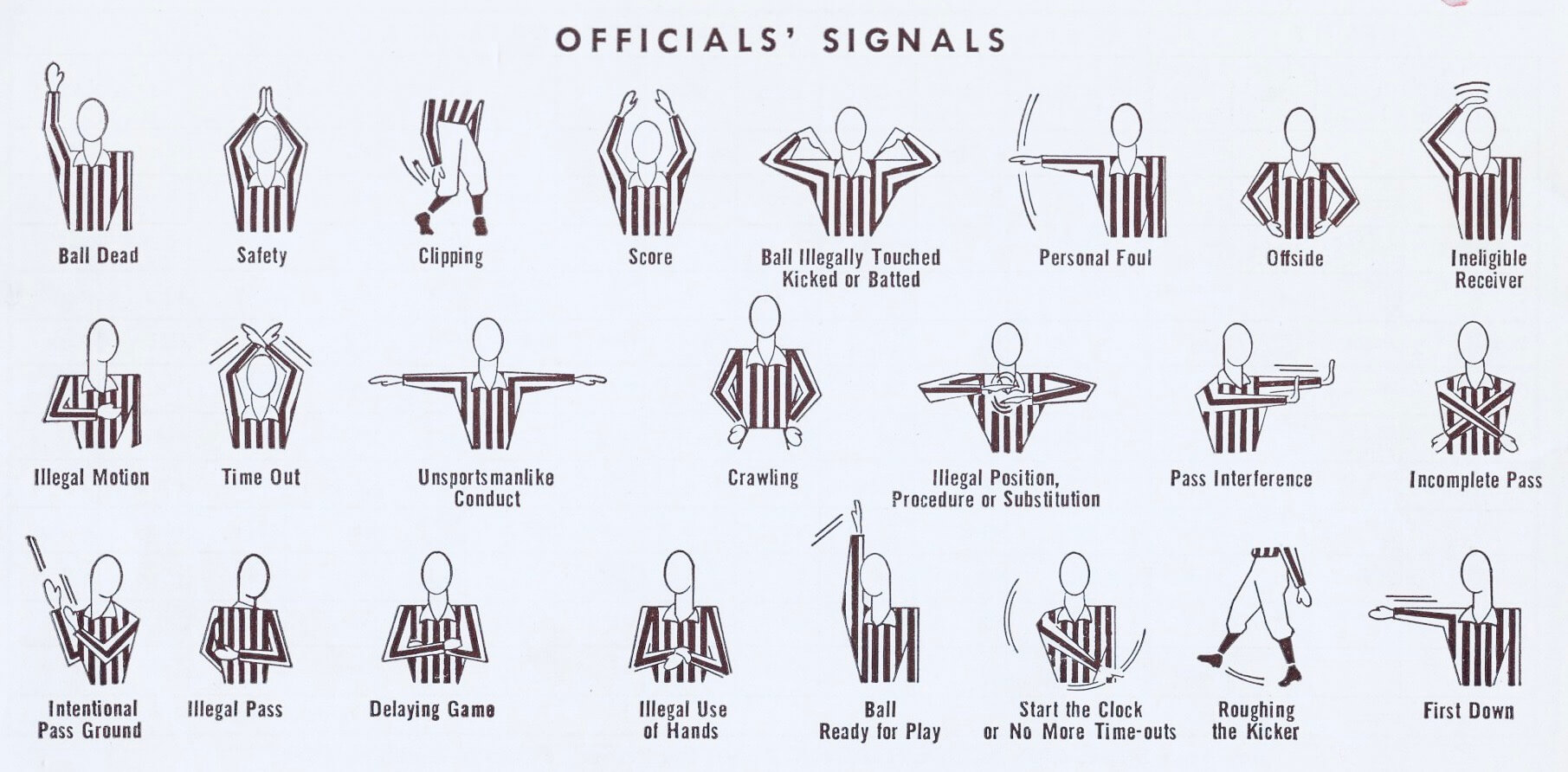
The opposite approach shows officials as humans subject to surprise, joy, or error.
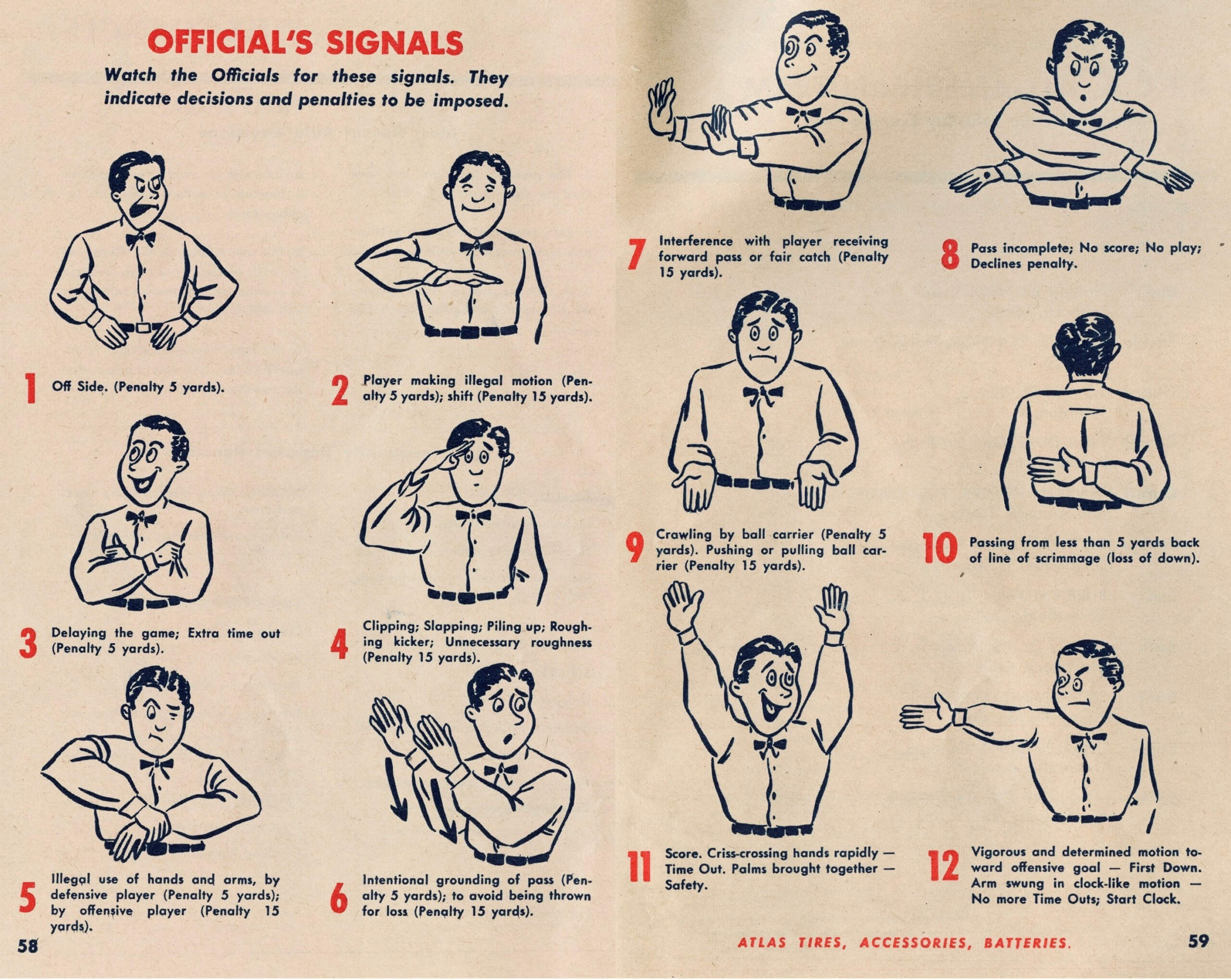
A few added a splash of color, though most cried foul when they saw the official’s zebra shirt dyed in a color that did not exist in the wild.
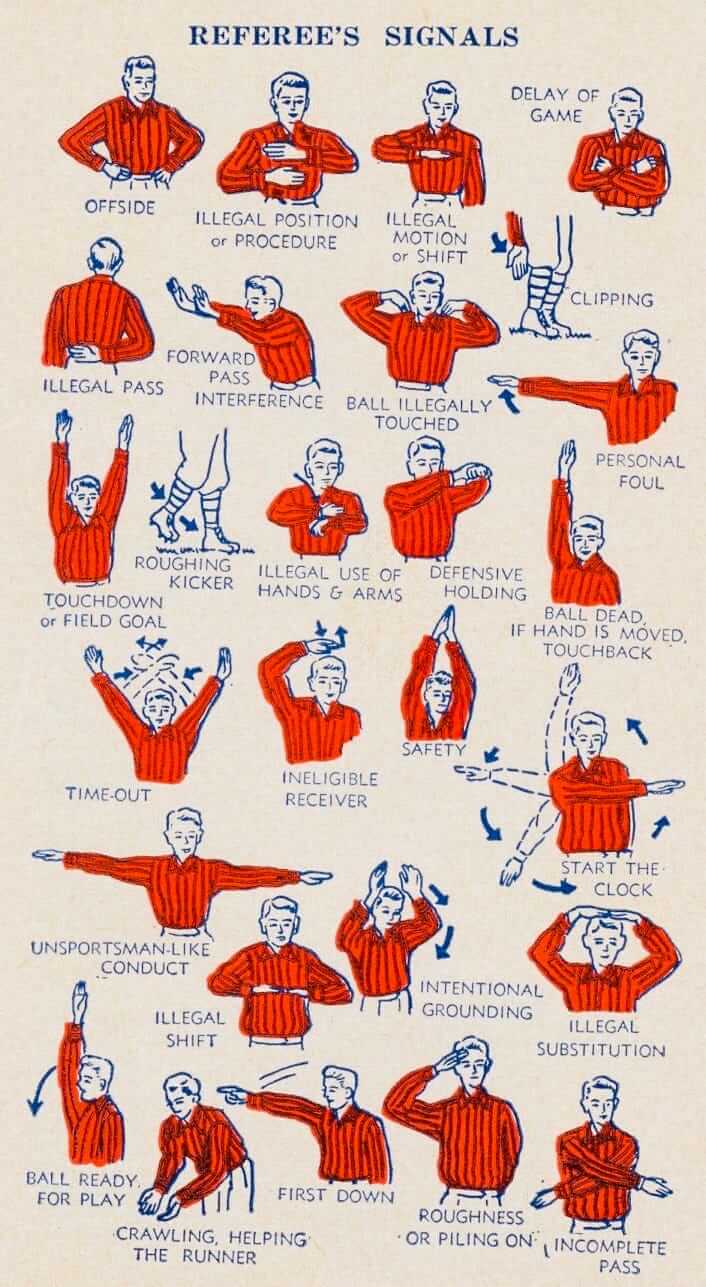
However, none of the examples above approach the masterpiece produced by Bo Brown for a 1950 Atlantic Oil service station brochure. The five pages of illustrations may not have been as clear as others in illustrating the officials’ signals themselves, but the drawings of the infractions are worth any information loss.
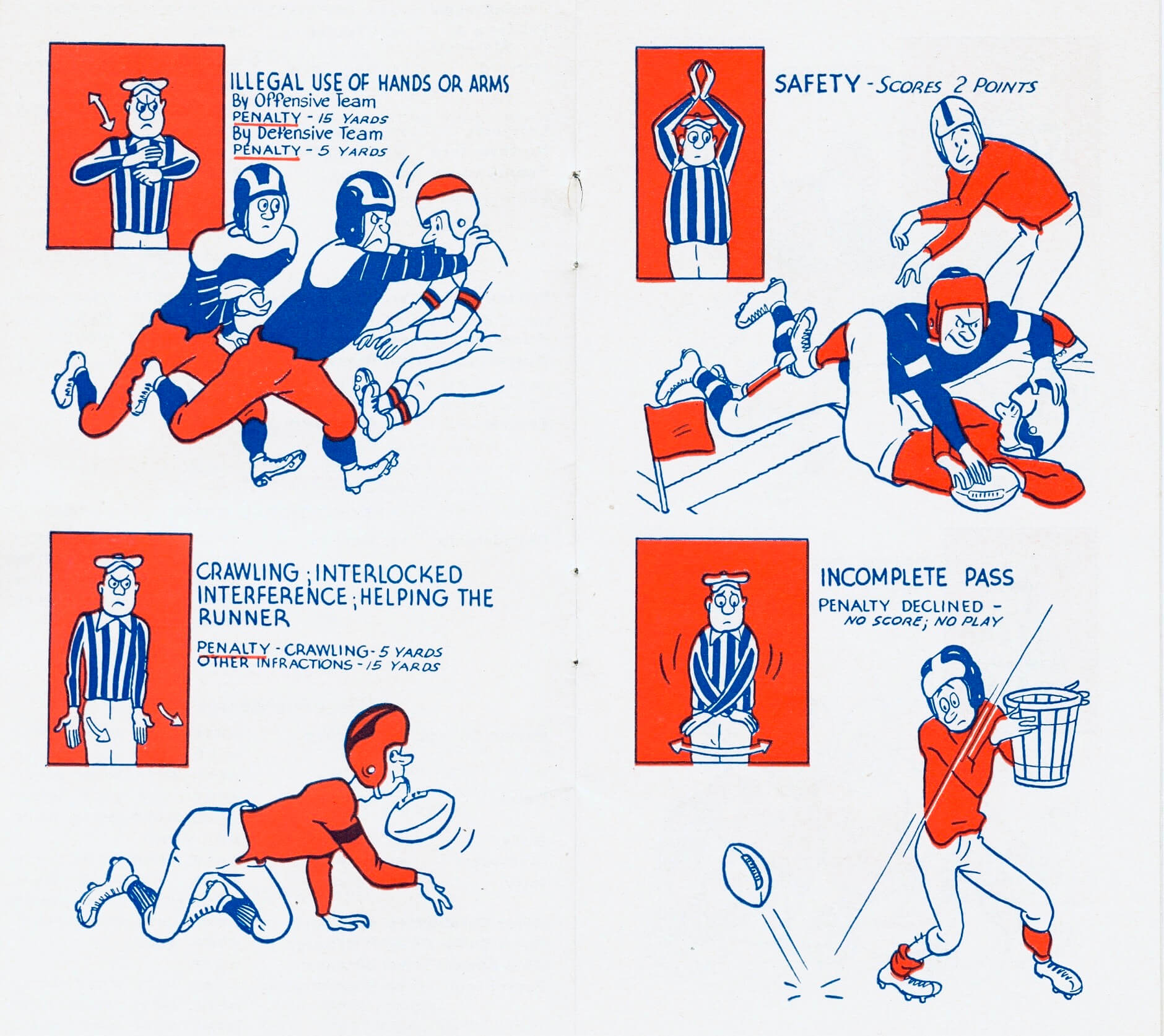
Although football and parts of society have advanced since the 1950s, the officials’ signals have seen little change. They nailed most of them the first time around and demands to change the signals have been few, though there was one time folks cried foul. The signal for unnecessary roughness was a military salute until 1955. At that point, the American Legion complained that schoolchildren confused the penalty signal with the act of saluting the flag. So, the signal on the field was changed, and the game adopted new signals for different categories of personal fouls.
Football has added and refined its penalties since the 1950s, and fans have more signals to learn than in the past. However, the NCAA’s official signal illustrations in the 2022 rule book look much like those from 1932, so we have not moved the needle on our penalty signal illustrations, and perhaps we never will.
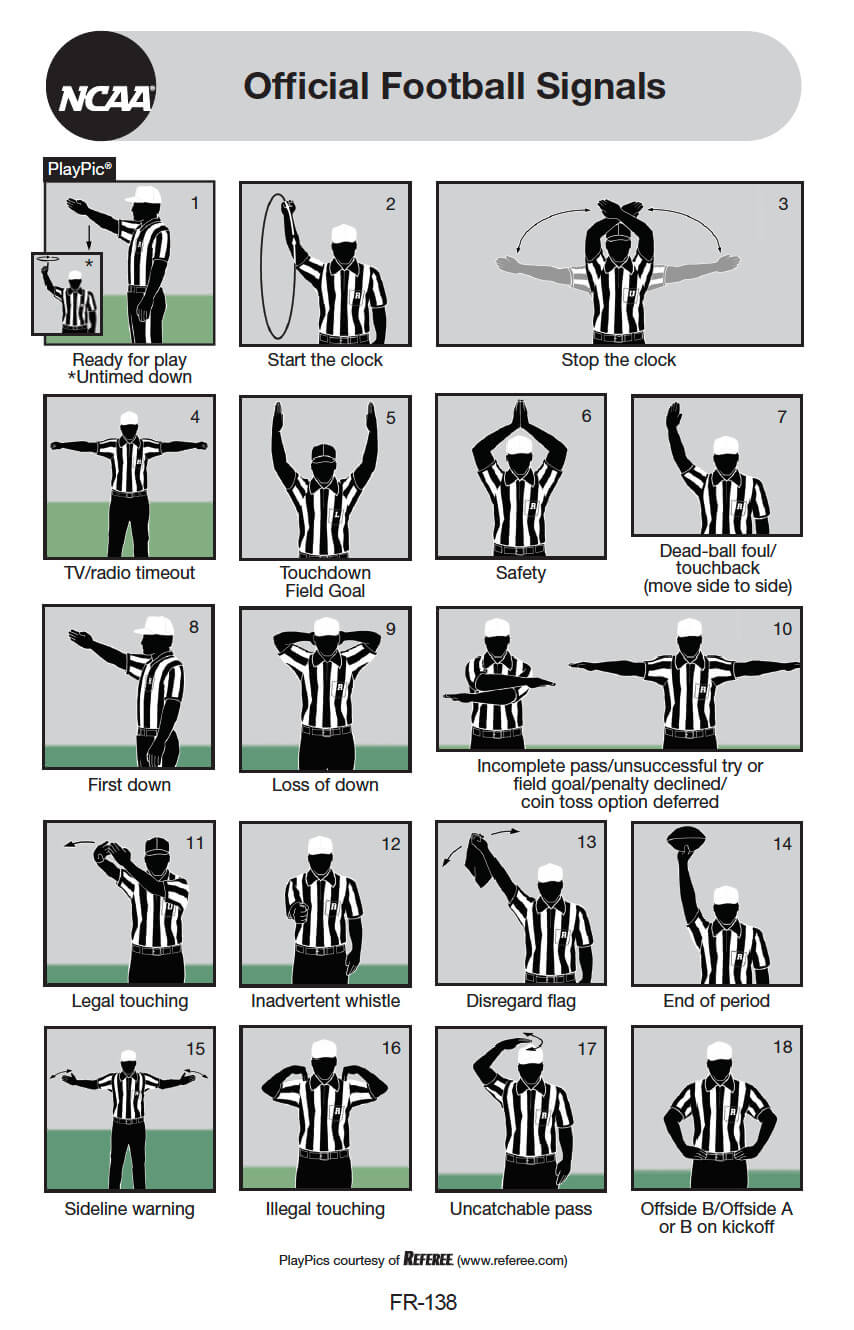




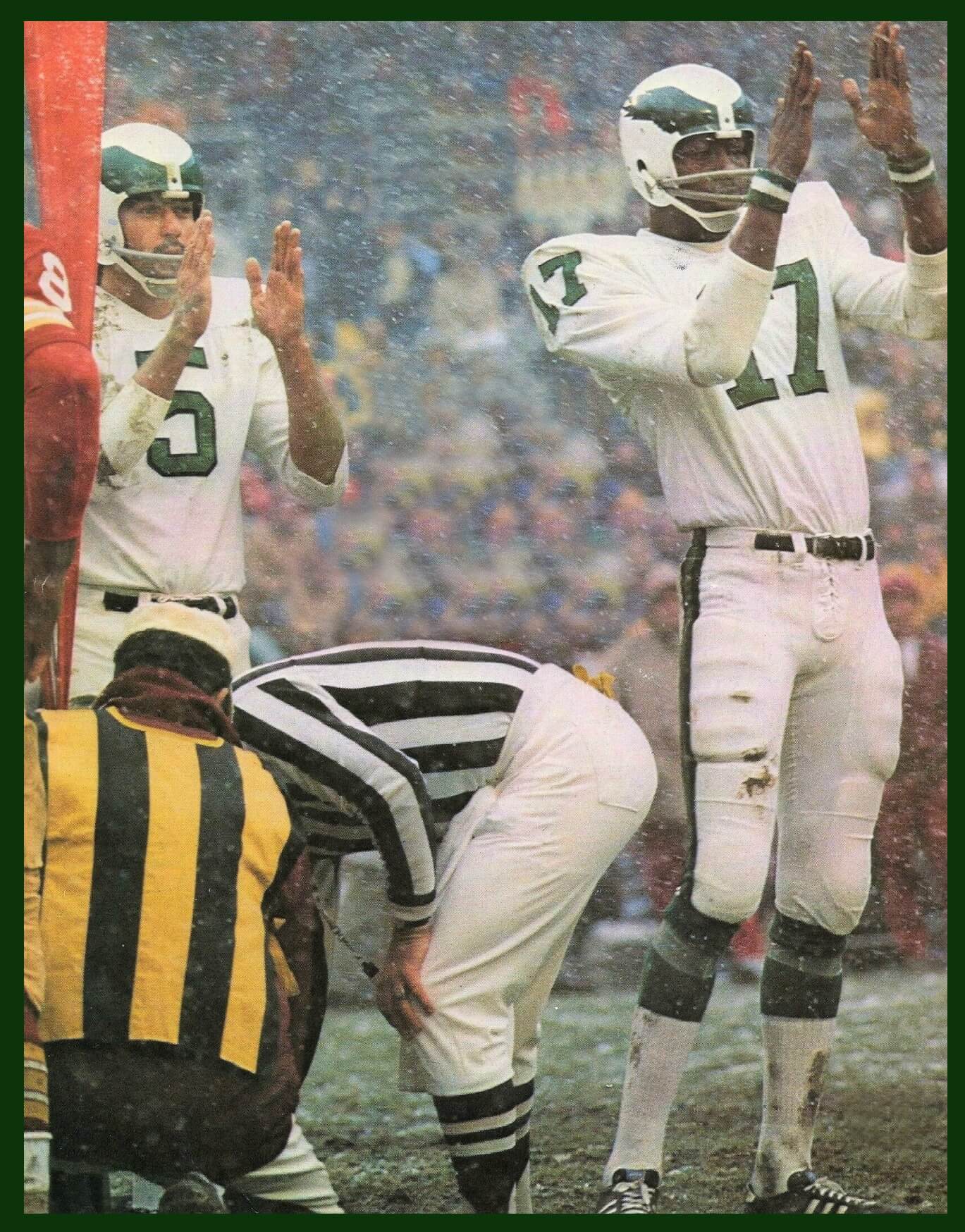
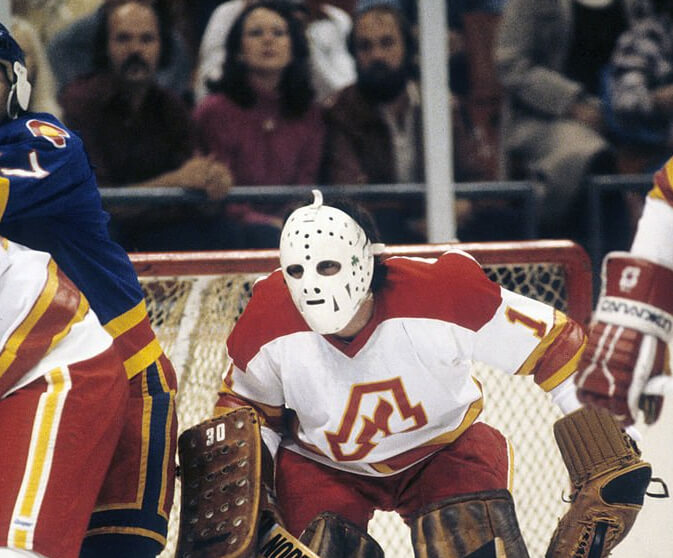
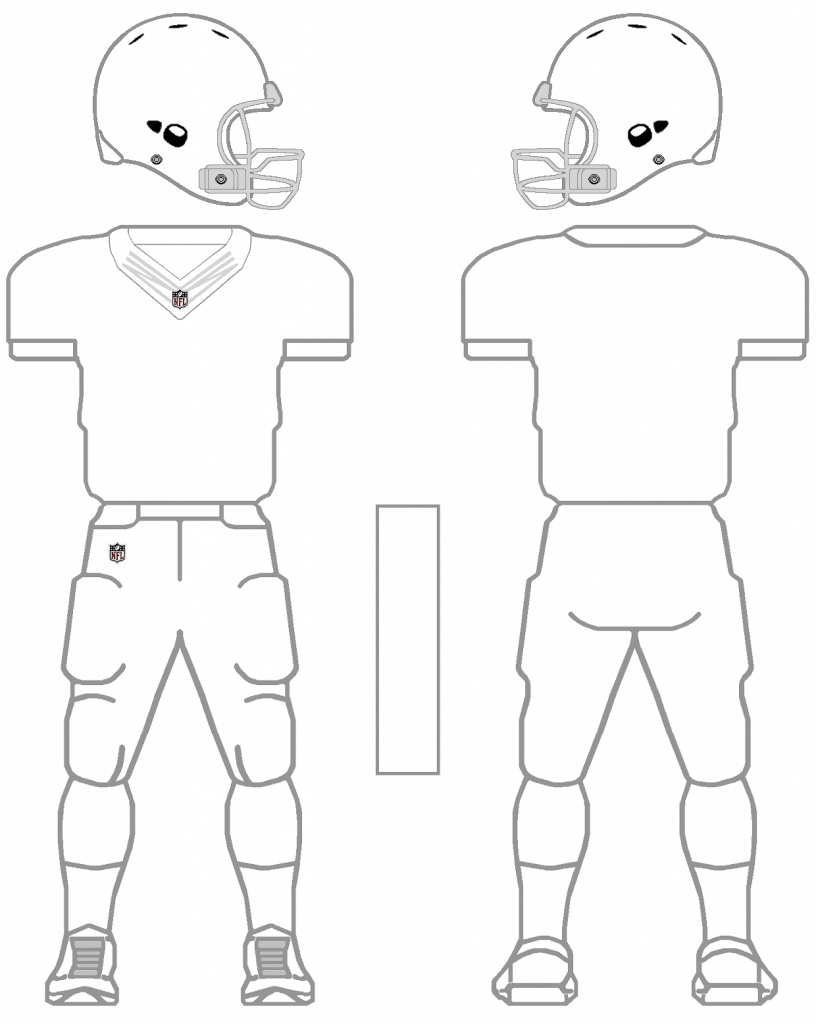
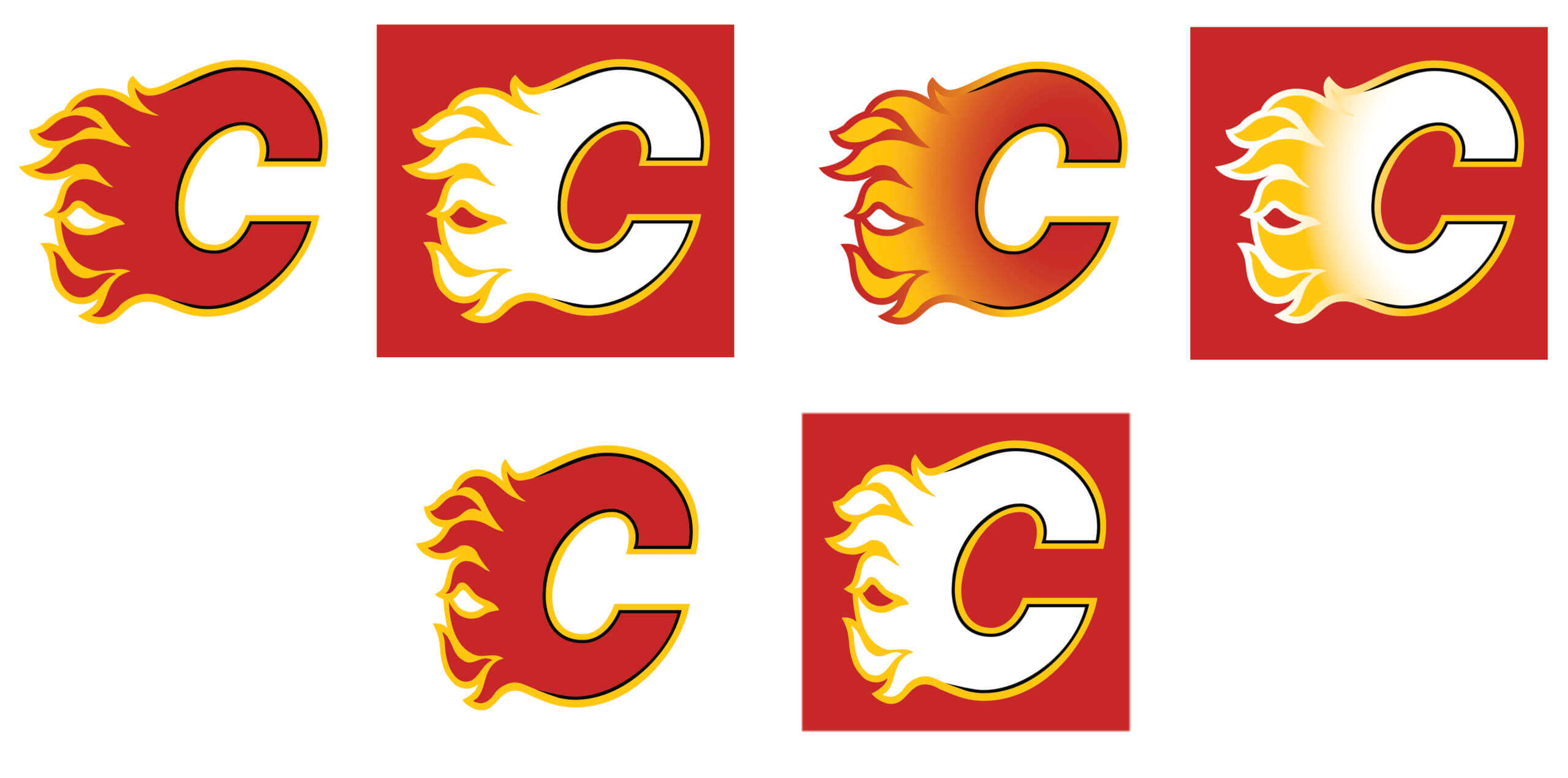

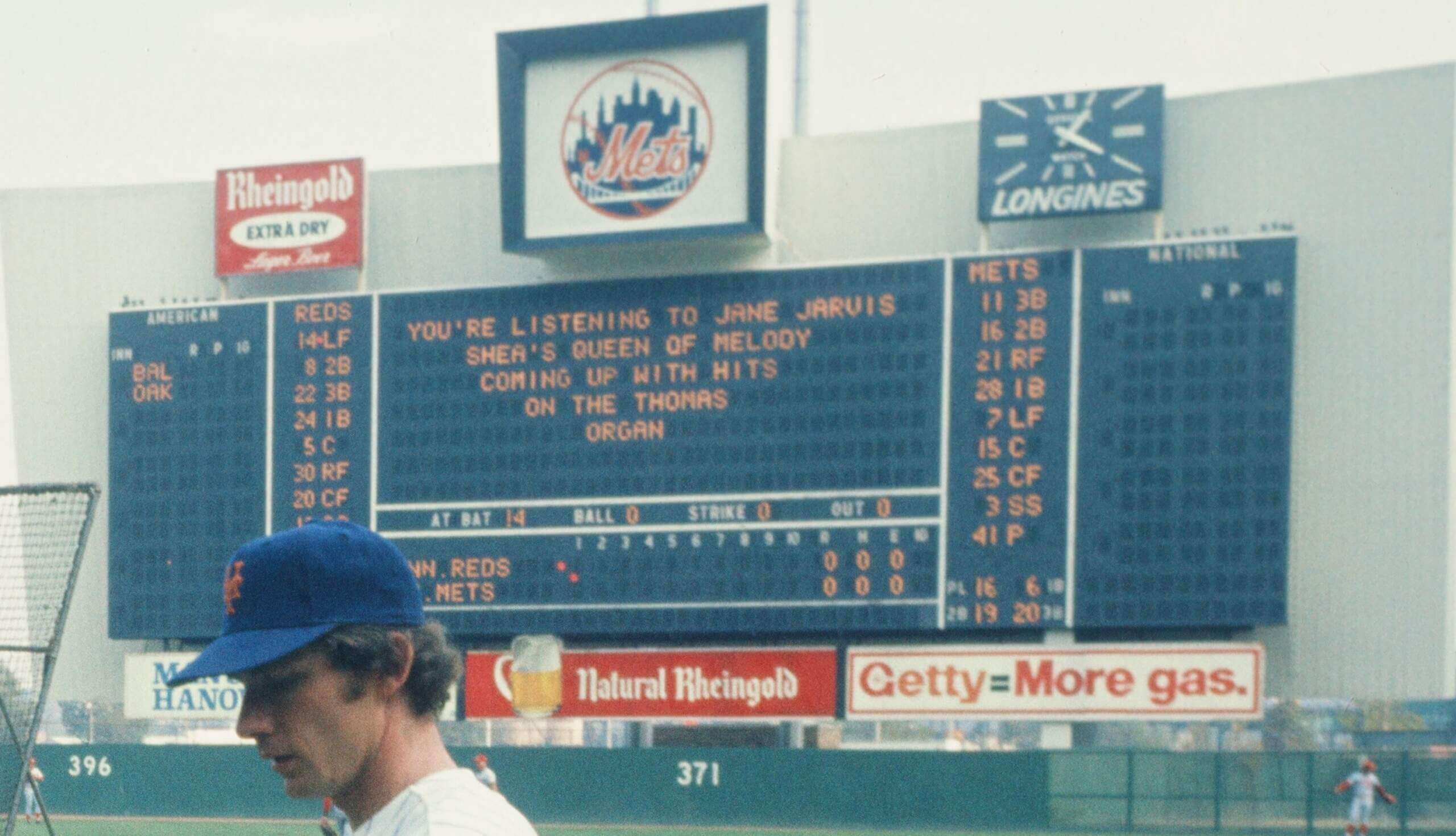
I am going to go out on a limb and guess Game 5 of the 1973 NLCS.
I learned the ref signals from a McDonalds tray liner back in the mid 70s –
It was before NFL refs were mic’d on TV games and I hated waiting for the announcers to explain the penalty.
GTGFTU is Jim Craig’s first game with the Atlanta Flames March 1980.
GTGFTS is the NLCS Game 5 at Shea Stadium October 1973 (Mets over Reds), Seaver with the win.
Guess the Game from the Uniform is the hockey game on March 1, 1980 with the Atlanta Flames beating the Colorado Rockies 4 – 1 for U.S Olympic hero goalie Jim Craig’s only win with the Flames.
Guess the Game from the scoreboard is before the deciding Game 5 of the 1973 National League Playoffs. The game was won 7 – 2 by the N.Y Mets over the Cincinnati Reds to take the series and advance to the World Series in which, thankfully, the Mets lost to the Oakland A’s.
1. Great piece on referee’s signals.
2. The Calgary Flames redesign… not feeling it, sorry. There is no reason to separate the C from the flames as though they were 2 separate elements. The logo is one element: a C (for Calgary) on fire (flames), that is an homage and continuation of the logo the team used in Atlanta. The logo is almost perfect as is. The partial outline detracts and the gradient is a further step in the wrong direction.
Why, indeed? Yuk.
The most sustained laughter I ever got from anyone in my life was showing ref signals to my baby. I don’t know what started it, but I proceeded to demonstrate football, baseball, hockey and basketball signals for him and he laughed for about 15 minutes straight.
He slept really well that night.
So did i.
I love this story.
Wish I would have thought of that when my kids were little.
I was beaten to the punch on Jim Craig’s first game but the unis in that game are worth mentioning. The Colorado Rockies had an absolutely gorgeous home and away set and Atlanta’s flaming A is so much better than Calgary’s C. It has always been one of my favourite logos.
A Flames -centric GTGFTU (all guesses were correct) and UC&T (love the gradient idea)!
On the heels of the Tennessee Titans’s Oilers throwback news, I wonder if there was ever any clamor for the Flames history/identity to remain in Atlanta forever (saving humanity from the Thrashers failure…maybe the branding would have made for a better 2nd go-round for hockey in ATL?)
Love the item on the football officials’ signals. Still have to carry a card to keep them all straight.
I believe Michael Anatole is correct. It is game 3 NLCS 10/8/73. Mets win game 9-2.
Everyone look close, Craig is wearing his pads from the Miracle on Ice. Awesome. I hope those pads are somewhere special.
Timothy Brown strikes again! Great feature today.
As for the tweet of the day…no, no, NO.
In my opinion, the Atlanta Flames’ insignia is one of history’s greatest logos. The Calgary crest, while evocative of flames painted on the front of a hot rod, is sadly a poor second. I liked that the Flames tried to keep both symbols in rotation, but agree the solid red uniforms are their best choice. Maybe put the A’s on the shoulders for Alberta. I appreciate Brian’s efforts to add a degree of complexity to Calgary’s logo; it looks more “designed” and less “doodled”.
Here’s a neat coda to the football signals…
A few years ago, Alex Trebek wrote a category of clues on Jeopardy using football referee signals. Later, the folks at Jeopardy uploaded game footage alongside Alex’s original notes for each clue.
link
That signals article is pure gold. We need referees and umpires with bowties again, as pictured.